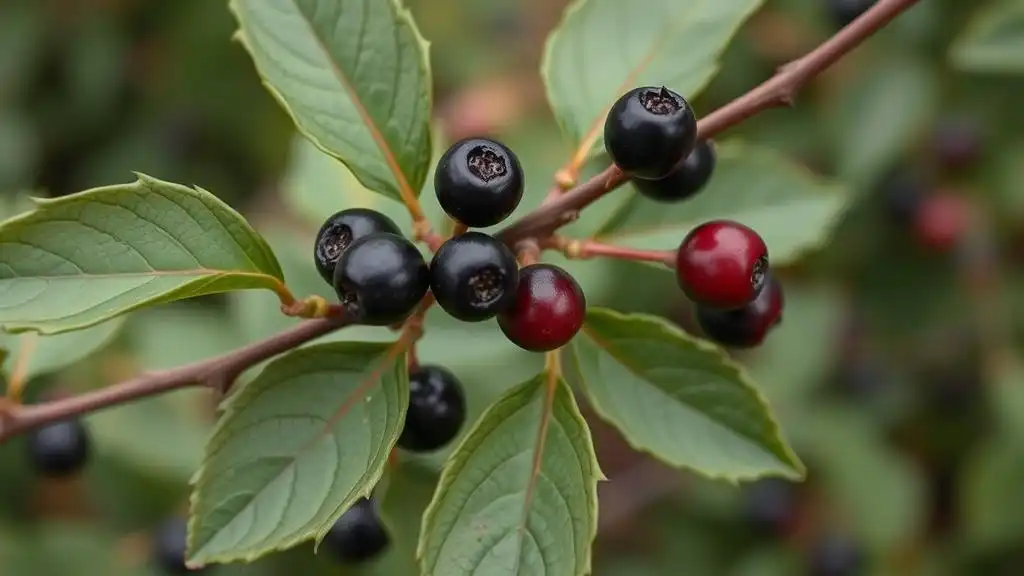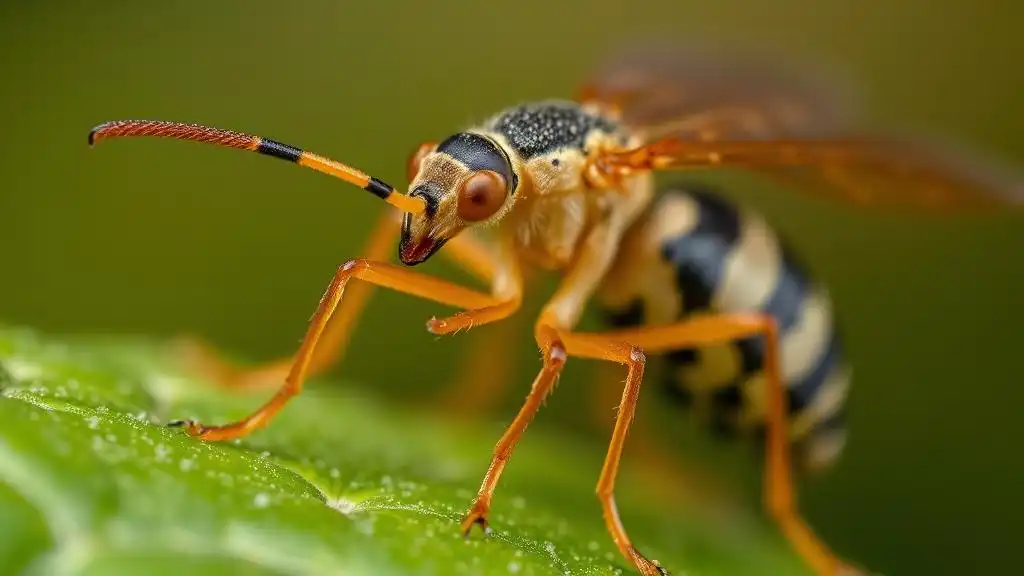Pests and Plants: How Do I Get Rid of Red Mites

Agriculture is one of the oldest practices that allowed humans to survive and develop into an advanced system and a great force that can somehow leverage the power of flora and fauna when needed. Though any garden should totally depend on its owner caregiver, some events are initially out of their control with pest infestation being the most annoying one.
Contents:
Agriculture is one of the oldest practices that allowed humans to survive and develop into an advanced system and a great force that can somehow leverage the power of flora and fauna when needed. Though any garden should totally depend on its owner caregiver, some events are initially out of their control with pest infestation being the most annoying one.
Red mites are relatively common pests that can eventually occupy the garden and destroy its inhabitants in the end. Copying with this problem on time is a vital measure that requires quick reaction and understanding of vulnerable spots, too. So, what kills red mites, and how to prevent their occurrence?

What are Red Mites?
In gardening, red mites (or red spider mites) refer to the small arachnids of the Tetranychidae family, characterized by tiny, red bodies and two black spots on their backs. Why these particular creations are considered pests hides in their nature to feed on the plant’s sap, which inevitably causes discoloration, withering, curling, and leaf drop prematurely. When left unchecked, they easily spread from the infested plant to the rest of the garden and, thus, damage the whole flora in the area.
Red Spider Mites Identification
It is always important to know your enemies before you happen to meet them in person. Therefore, exploring the unique features of red spider mites beforehand may accelerate the process of pest identification and make it more efficient than ever. This is why let us take a look at several characteristics that may distinguish red spider mites from other species.
Appearance: Though so tiny and barely seen, red spider mites appear as red or reddish-brown dots on the plant. When magnified, there might also be noticed dark dots on their backs, which refers to their common non-scientific name, i.e., two-spotted spider mite.
Location: In general, these pests are found on the undersides of the leaves, where they can feed and lay eggs proactively. Nevertheless, it requires special tools to recognize pests; otherwise, there should be a large colony that can be observed with the naked eye. Hence, this should be taken into consideration that red mites may hide their detrimental activity for longer periods of time.
Damage: Among the most notable symptoms of the red mite infestation are the complications that appear in the aftermath. i.e., stippling, leaf curling, yellowing/bronzing, webbing, and leaf drop as the most severe result. These should leave one wondering if something is wrong with their plants then and what to do next.
For more accurate pest identification, we recommend special disease ID tools like AI Plant Finder. Such apps usually provide essential functionality for quick disease reveal and proper treatment plan selection. All you need to do is access the app, open the camera there, and point your smartphone at the diseased plant. Thanks to modern algorithms, software can analyze the content and present the most relevant problem with several solutions available for your particular case.

The Most Effective Red Mites Control Strategies
As soon as the problem is identified, it is time to start a proper treatment routine in order to get rid of pests and ensure the safety of a plant. Professional gardeners usually highlight three main strategies that can save the plant’s vitality and promote its further development, too. Let us briefly cover each of them for you to choose the most suitable option and commence the procedure.
Cultural Control
The first thing every plant lover may do is take good care of their plants and stick to the schedule. Regular watering, for example, can reduce mite populations, for they prefer dry conditions to reproduce and expand their dominance. Besides, one can easily remove and destroy severely infested plant parts to limit the spread at its base. However, if the mites do not stop, you should consider more drastic measures to save your garden from this terrible occupation.
Biological Control
Sustainable gardening, which is fortunately promoted among plant enthusiasts these days, refers to the forces of nature that can be used in the fight against pest infestation. Introduce natural predators, e.g., ladybugs and lacewings, for them to feed on red mites and reduce their population in turn. For more detailed information, it is worth turning to the local plant nurseries and plant centers.
Last Resort: Chemical Control
When nothing else works, the last thing you can do is utilize insecticides, which are not really environmentally friendly yet effective enough to help your garden inhabitants survive. What insecticide kills red spider mites? As botanists say, neem oil and special miticides like abamectin, spiromesifen, or bifenthrin, may finish off red spider mites, but when following the label instructions ONLY.
Make sure you rotate different types of miticides and patterns of application so as to prevent the development of resistance in the mite population. Or else, the situation may worsen and lead to a catastrophe in the ecosystem you have been growing and cherishing for so long.

Prevention Strategies
The best way not to get rid of red spider mites is to never meet them in the flesh. Preventing such an infestation involves strategic planning and proactive preparation, all done to support healthy plants and an unfavorable environment for malevolent organisms. First of all, one should never forget about maintaining consistent moisture levels in the soil.
Additionally, try considering companion planting, a traditional way of supporting culture and establishing mutually beneficial relations between plant species within the same growing area. Thus, mites may not be able to get through the more powerful plants but get averted or reduced in number by nature itself.
Garden hygiene is also a crucial part of the routine, for plant debris, fallen leaves, and weeds may become a safe space for mites to hide and breed, as well as spread more actively. Remember that plants, like we humans do, need space for good air circulation, but extra vegetation may hinder this process and support pests in turn.
Pests, a famous gardening problem, may reach anyone involved in this process and ruin the culture once and for all. Nevertheless, with adequate preparation and understanding of the pest specifics, one can easily ward off the problem at its early stage or even before. Do not hesitate to learn more about plants and their enemies to be ready for this challenge no one can keep away from.
Share:
Read More
Identify Any Plant, Diagnose Every Disease
Download Our App Now!


